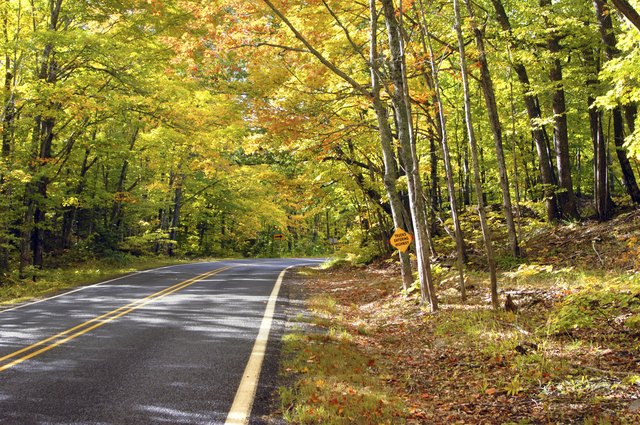
Fall colors usually peak from mid October into early November across central and southeast Illinois. Some trees across central Illinois begin to change colors during late September.

When warm, cloudy and rainy weather dominates the fall season, leaves tend to have less coloration. Leaves directly exposed to the sun may turn red, while those on the shady side may be yellow. The degree of color may also vary from tree to tree. A few hard frosts can cause the leaves to wither and fall from the tree without changing color.

The chlorophyll breaks down, the green color disappears, and the yellowish colors or other pigments already in the leaf become visible.Īutumn weather conditions favoring the most brilliant colors are warm sunny days and cool, but not freezing, nights. In the fall, the decrease in intensity and duration of sunlight, and the cooler temperatures, cause the leaves to stop their food-making process. The top and bottom left are in the same patch. Each leaf invites you to slow down for a dazzling fall color tour and immerse yourself in the season.
#Leaf guide michigan full#
The chlorophyll absorbs energy from sunlight, and uses it in transforming carbon dioxide and water to carbohydrates, such as sugars and starch. In the first four photos below, note the extreme variation in the leaves of the plants. With cool, refreshing air and longer nights full of stars, Michigan’s 19 million acres of forests crescendo into colorful canopies of crimsons, oranges and golds. Change in coloring is the result of chemical processes, which take place in the tree as the seasons change.ĭuring the spring and summer, a food-making process takes place in the leaves, within cells containing the pigment chlorophyll. Leaves begin to turn before we have any frosts.

Please do not include grass or twigs in the leaf piles, and do not rake. Many people think that cold weather is solely responsible for the color change in leaves, but not so. Residents can rake leaves into the street the weekend before their scheduled pick-up. Travel along Lake Michigan on one of America’s most beautiful routes with this 116-mile road that starts in Manistee and travels north through Traverse City. Fall Colors across the United States - US Forest Service


 0 kommentar(er)
0 kommentar(er)
